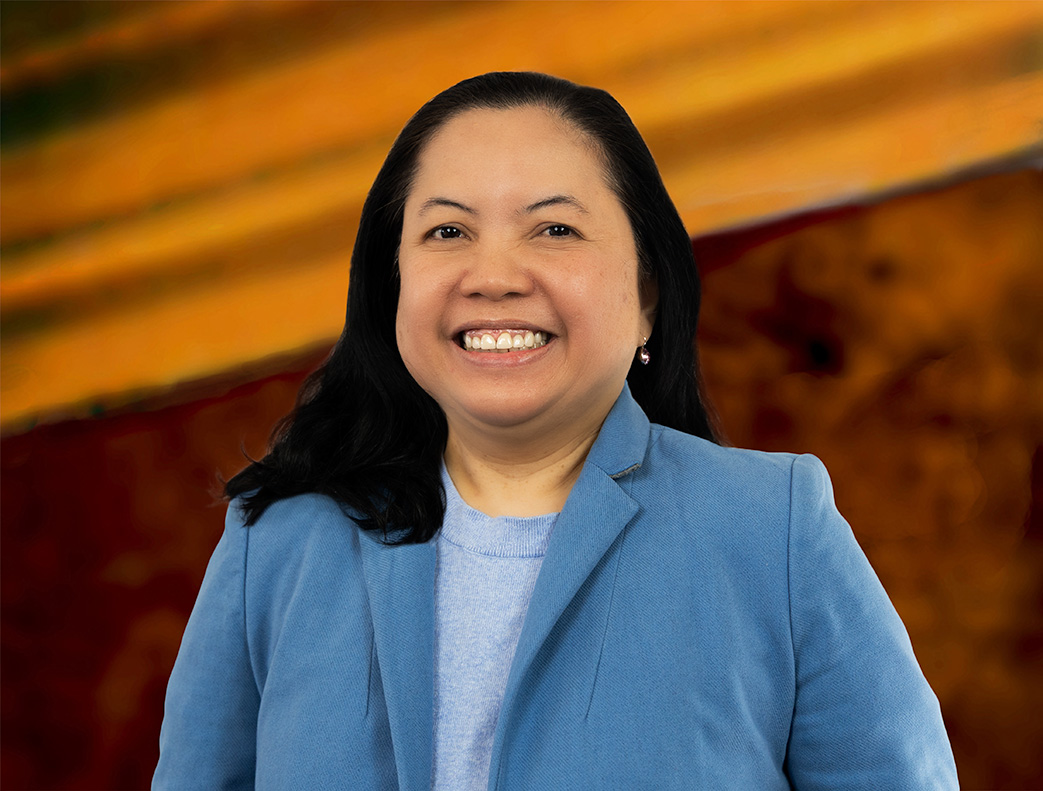Aging is no longer synonymous with slowing down. Just a generation ago, growing older often meant requiring more help and support. Today, thanks to breakthroughs in medicine and technology, the aging experience is being transformed.
 By Mignon A. Enecilla, MD, Family and Geriatric Medicine, Geneva Community Health
By Mignon A. Enecilla, MD, Family and Geriatric Medicine, Geneva Community Health
Older adults are not only living longer but are doing so with greater independence, improved health, and stronger connections to their communities. Innovations in telemedicine, smart home devices, and wearable health technology are enabling seniors to maintain better health, enjoy a higher quality of life, and stay connected like never before.
Telemedicine and Remote Monitoring: Healthcare at Home
Getting to a doctor’s office can be a burden for many seniors, especially those in rural areas or with mobility challenges. Telemedicine has changed this reality. With a smartphone, tablet, or computer, seniors can now consult with healthcare providers remotely, eliminating travel and long waits in crowded waiting rooms. This is particularly beneficial for managing chronic conditions like diabetes, hypertension, or arthritis and addressing new symptoms. Along with virtual visits, remote health monitoring tools are becoming more common. Devices like digital blood pressure cuffs and glucose monitors send real-time data to healthcare providers, allowing doctors to track conditions between visits. This continuous monitoring enables early intervention, preventing costly hospitalizations and ensuring seniors maintain healthier lifestyles.
providers remotely, eliminating travel and long waits in crowded waiting rooms. This is particularly beneficial for managing chronic conditions like diabetes, hypertension, or arthritis and addressing new symptoms. Along with virtual visits, remote health monitoring tools are becoming more common. Devices like digital blood pressure cuffs and glucose monitors send real-time data to healthcare providers, allowing doctors to track conditions between visits. This continuous monitoring enables early intervention, preventing costly hospitalizations and ensuring seniors maintain healthier lifestyles.
Smarter Homes for Safer Living
Aging in place—staying in one’s home instead of moving to a nursing facility—has become a key goal for many seniors. Modern technology is making this a safer, more convenient option. Smart home devices play a major role, helping seniors manage everyday tasks more easily. Voice-activated assistants (think Alexa and Google Home) are helpful for seniors with limited mobility or vision impairments. These devices can remind individuals to take their medication, turn off lights, and make phone calls, all through voice commands. This hands-free technology improves convenience and safety.
Smart doorbells with cameras let seniors identify visitors before answering the door, while fall detection systems alert caregivers if a senior falls, ensuring immediate assistance if needed. Smart pill dispensers also help seniors take their medication on time, notifying caregivers if a dose is missed. These technologies allow seniors to maintain independence, reduce the need for constant supervision, and provide peace of mind to families.
Wearable Devices: Monitoring Health Around the Clock
Wearable technology has significantly advanced in recent years. While initially popular among fitness enthusiasts, wearables now offer seniors the ability to monitor their health in real time. Modern smartwatches do much more than tell the time—they can detect falls, monitor heart rates, track sleep patterns, and alert emergency contacts if something goes wrong. These features provide an added layer of safety, especially for seniors living alone.
Wearables also assist those with chronic conditions. Continuous glucose monitors (CGMs) allow seniors with diabetes to track their blood sugar levels throughout the day without painful finger-stick tests. CGMs send alerts when blood sugar levels are too high or low, enabling quick action and better health control. Hearing aids have also advanced, offering Bluetooth connectivity to smartphones and other devices. These upgrades improve communication and help reduce social isolation—an important factor for mental and emotional health in older adults.
Overcoming Barriers to Tech Adoption
Despite these benefits, some seniors may feel overwhelmed by new technologies. Concerns about privacy, cost, and device complexity can be barriers. However, the tech industry is responding with easier-to-use products that feature larger screens, simpler interfaces, and voice-activated commands. Additionally, community organizations, libraries, and senior centers offer digital literacy classes to help older adults become more comfortable with smartphones, tablets, and other devices. With the right support, seniors are more likely to embrace technology and use it to enhance their lives.
Aging Redefined
The goal of aging is not simply to live longer, but to live better. Thanks to technological advancements, seniors are gaining more control over their health, independence, and quality of life. From telemedicine and remote monitoring to fall detection and wearable health monitors, technology gives seniors the tools to stay healthier and more connected.
While technology will never replace human care and connection, it can certainly enhance it. As these innovations continue to evolve, they must remain accessible, affordable, and user-friendly for older adults. By embracing these advancements, we are not just adding years to life; we are enhancing life in those years.


